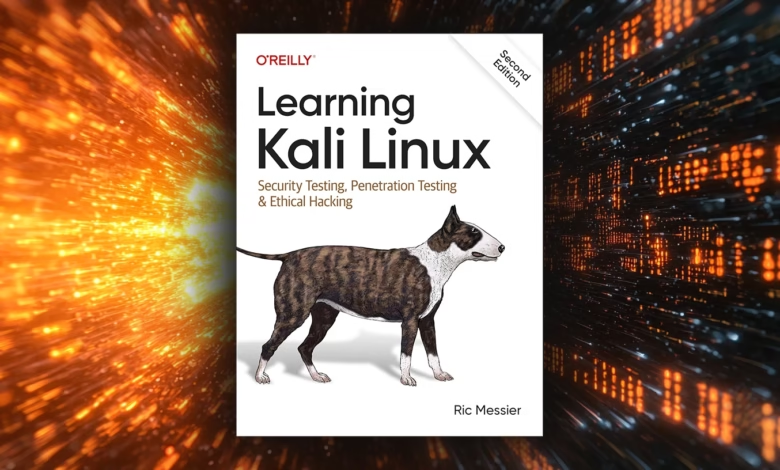Kali Linux, 2nd Edition: Hands-On Review & Guide

▼ Summary
– Learning Kali Linux, 2nd Edition by Ric Messier is an updated guide for security professionals, covering core tools and new topics like digital forensics and reverse engineering.
– The book assumes basic Linux or command-line familiarity but doesn’t require deep expertise, focusing on practical, hands-on learning.
– Ric Messier, the author, is a certified security expert with extensive experience in information security and digital forensics.
– The book provides a structured approach to Kali Linux, from installation to security testing, including tools like Nmap and Metasploit, with clear examples and command-line demonstrations.
– It serves as a primer for ethical hacking and security testing, suitable for beginners, students, or those preparing for entry-level certifications, but lacks advanced technical depth.
Kali Linux remains the top choice for cybersecurity professionals and ethical hackers, and the second edition of Learning Kali Linux by Ric Messier delivers an updated, practical approach to mastering this powerful platform. The book balances foundational knowledge with hands-on exercises, making it accessible to those with basic Linux experience while providing enough depth to be genuinely useful.
Messier, a seasoned security expert with multiple industry certifications, brings real-world insight to the material. His background in infrastructure security and digital forensics lends credibility to the content, particularly in the new sections covering these advanced topics. The book avoids overwhelming beginners while still offering valuable takeaways for those looking to expand their skills.
The opening chapters provide essential context about Kali’s place in the Linux ecosystem, along with straightforward guidance for installation. Whether setting up a virtual machine or configuring Kali on a Raspberry Pi, the instructions are clear and actionable. This section alone makes the book worth considering for newcomers who might otherwise struggle with initial setup hurdles.
Once the basics are covered, the focus shifts to core penetration testing techniques, structured to reflect a real-world assessment workflow. From network scanning with Nmap to web app testing using Burp Suite, each tool is introduced with practical examples. Messier emphasizes understanding the underlying principles rather than just memorizing commands—a perspective that helps readers develop critical thinking skills alongside technical proficiency.
New chapters on digital forensics and reverse engineering distinguish this edition from its predecessor. While not exhaustive, these sections offer a solid introduction to tools like Ghidra and forensic utilities built into Kali. The coverage is broad enough to help readers recognize when these techniques apply, even if deeper study would be needed for mastery.
The book excels at reinforcing fundamental Linux concepts throughout. File permissions, directory structures, and process management are explained in ways that apply beyond Kali, making it a useful resource for general command-line literacy. Screenshots and command outputs enhance clarity, especially for visual learners.
This isn’t an advanced exploit development guide, nor does it claim to be. Instead, it serves as a springboard for further exploration, with a strong emphasis on ethical practices and legal considerations. The tone is professional yet approachable, striking a balance between technical rigor and readability.
Ideal for students, certification candidates, or self-taught practitioners, Learning Kali Linux provides a structured path to building practical skills. It’s particularly well-suited for lab environments or as a companion to formal training programs. While experienced pentesters might crave more complexity, the book achieves its goal of demystifying Kali’s toolkit for those ready to take their first steps in security testing.
(Source: HelpNet Security)


